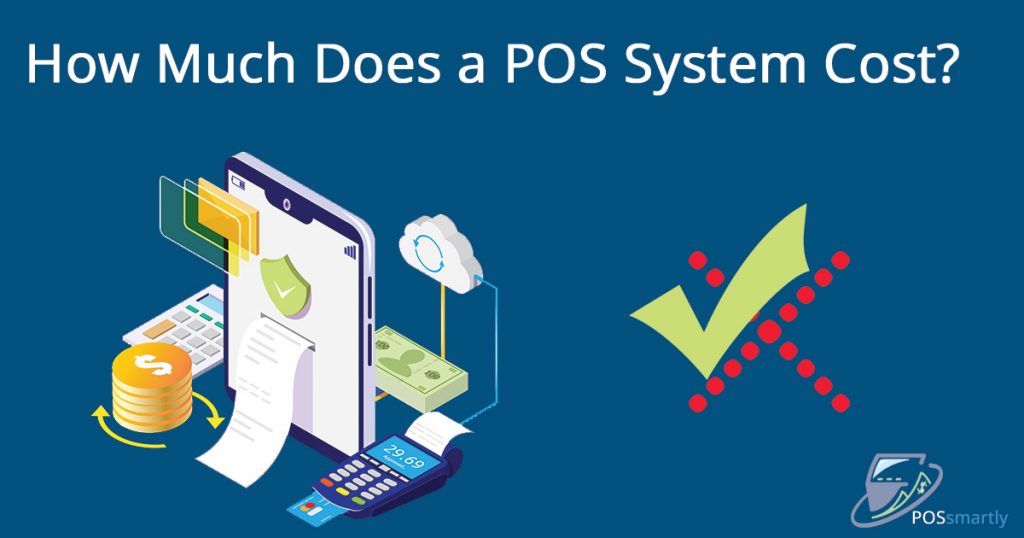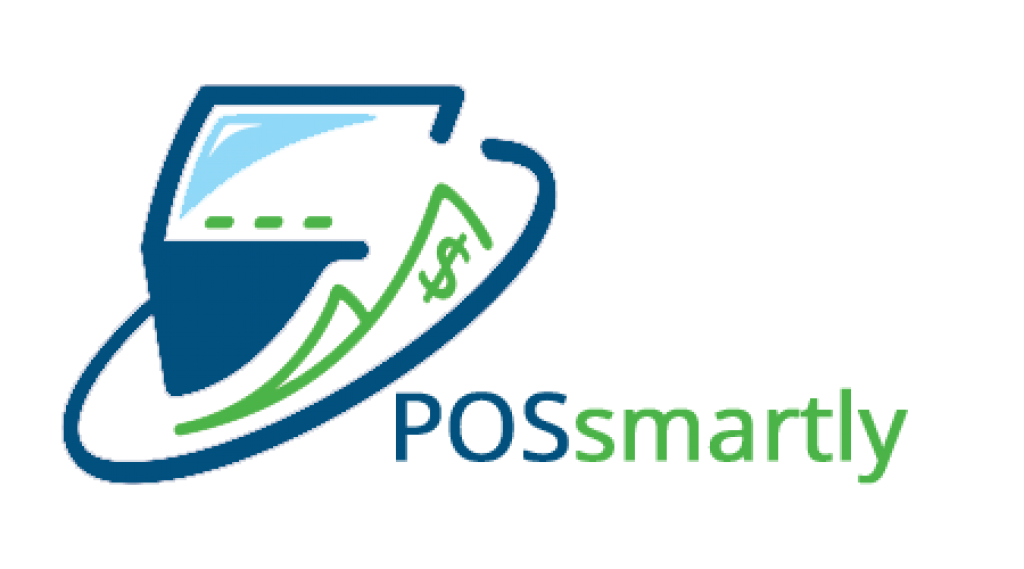How Much Does a POS System Cost?

Table of Contents
Owning and utilizing a POS system is becoming increasingly indispensable even for smaller businesses. Not only is customer satisfaction greatly improved but the benefits of offering multiple payment solutions can greatly increase the revenue of a business, while more advanced systems also offer features made to streamline sales, inventory, analytics and more. In short being able to accept different types of card payment (credit cards, prepaid cards, PayPal etc.) brings huge benefits for both business and client.
Acquiring a POS system is as easy as stipulating a contract with either a bank or POS system-selling agency. There are various kinds of POS systems divided firstly by category (Fixed POS, Mobile POS, Virtual POS etc.) and secondly by operating system tailored for different business necessities. What is less straightforward is factoring the effective cost not only of the system, but its installation, maintenance, and transaction fees, all factors that can heavily impact on the proceeds of a company. How much does a POS system cost? Let’s find out.
What Are The Effective Costs Of a Modern POS System?
It is estimated that a POS system costs around $1500-2000 to the average vendor (with peaks of up to $5000). Again, on average, this fee impacts about 2% on the revenue of a business. Absolute figures for a POS system range from modules costing $500 to advanced systems with additional fees costing up to $10,000. Having said this, it is thought that up to 90% of business owners do not know exactly how much their POS system costs. How much does a POS system cost? It depends on a number of factors.
- Whether the module is bought or rented, as a POS system’s cost can be charged by a bank/company or sold separately.
- Installation expenses, which include the cost of the actual POS system hardware, conferral of codes that enable usage of the POS system of the proprietor, and installation and maintenance fees paid to on-site technicians (for fixed and stand-alone POS systems). If a bank or POS system-selling agency permits it, installation can occur remotely which can significantly cut costs.
- The usage of POS systems comes with a monthly fee that covers both loan of use of the module and subscription to dedicated software. Mobile POS systems (or mPOS) usually eliminate this expense, but a business should not be too hasty in choosing an mPOS based on this factor alone (also because monthly fees are usually around $20-30, which is a negligible sum).
- Fixed commissions on transactions: This is a fixed expense that is applied by a bank on any concluded payment. It is generally a small fee (ranging from a few cents to $1-$2 depending on the type of card (debit or credit).
- Percentage commissions on transactions: A fee that is applied on every transaction depending on a percentage defined by a contract (issued by whomever sold the POS system), which is linked directly to the sum of the payment. The commission is fixed by the agency that issued the contract. It normally varies depending on the circuit payment the card belongs to (VISA, Mastercard, American Express etc.) and whether it is a business or consumer card. While fixed commissions are fixed (obviously) percentage commissions are variable.
- Discounts on high sum transactions can be applied to reduce commission fees if a transaction is a large amount. For example, a large retail store that frequently exceeds $100,000 in monthly transactions can obtain a $0.50 discount on every commission.
- Technical assistance is a frequently underestimated factor. Technical assistance undertook by specialized operators in the case of troubleshooting or general maintenance is normally not covered (except for the initial installation fee).
POS System Offers On The Market
Other than the fixed monthly fee, the expenses that are the most impactful are the commissions on transactions that exist in both stand-alone and mobile POS systems.
The vast multitude of POS system offers available on the market have different fees linked to the bank or company that issues the module and draws up a contract with the business. To explain the concept in more detail, the choice of a POS system acquirer can be based on four types of offers that we can analyze using a template example: A company that has an annual POS revenue of $30,000 with the sum reached after 1000 transactions.
Percentage-Only Commission
As mentioned previously, a commission fee depends on the sum of a transaction. In this case, it is simpler to calculate the impact on a company’s income by applying the commission percentage on the annual revenue. For example, if the percentage applied is 1.50% on every transaction, the commission fee can be calculated by multiplying revenue by percentage, or 30,000 x 0.01,5 with the result being $450, which is the total annual commission fee.
Percentage + Fixed Commission
This offer is determined by application of both types of commission fees at the same time. Compared to percentage-only fees, the percentage commission on each transaction is lower, which is compensated though by a fixed commission fee.
For example, a contract could state that percentage fee of 0.90% plus a fixed commission of $0.90 is applied on every transaction. In this example, fees are also linked to the number of transactions. If $30,000 is reached with 100 transactions, the fixed commission amounts to $900, to which we must add $270 of the percentage commission (30,000 x 0.009) to reach a total of $1170.
On the other hand, if the initial sum is achieved by a few large transactions, the commission will cost much less. Let us say the $30,000 are reached by six transactions totaling $5000 per payment, the fixed commission is $5.40 (0.90 x 6) which added to the percentage commission of $270 becomes $275.40, a far cry from the first fee calculated.
Fixed Commission
As mentioned above, fixed commissions have an impact that depends exclusively on the amount of transactions. If we consider our usual starting point of $30,000 reached through 1000 transactions at a fixed commission fee of $2, the cost is exceedingly high. If the sum is reached with fewer, larger transactions than the expense will be much less noticeable. Difference in contracts, commission and POS system’s here make a huge difference. For example, a car dealership that deals in large sum transactions would obviously benefit from a completely different contract than a bar used to log in multiple smaller sum transactions (also called micro-payments). A bar that installs a POS system without research into commission fees may incur in grave financial difficulty if for example a fixed commission of $0.50 is warranted for every payment and each transaction is an item that costs $5-10.
Percentage Commission With a Minimum Obligatory Fee
This model applies a percentage on every transaction, but the commission must reach a minimum obligatory fee as stated by contract. In this case to calculate the commission fee we must first know the sum of each individual transaction. This because in the case of smaller sum transactions the minimum fee must still be paid, otherwise the cost of the commission will be calculated via percentage. Consequently, to calculate the effective cost of this offer we must calculate the sum of each transaction.
In conclusion, POS systems are rapidly becoming the most widespread form of payment in the world (with some estimates foreseeing a complete digitalization of all financial transactions in the next 25 years). Knowing the costs associated with these systems though is vital to make the right choice for a business, large or small.

Taylor Goldstein
Hey, my name is Taylor Goldstein and I am the creator / editor of the "POSsmartly" website. I have been a CTO and VP Technology in couple of a big brands, and my mission now is tocriticises this misunderstood field of tehc pieces.
